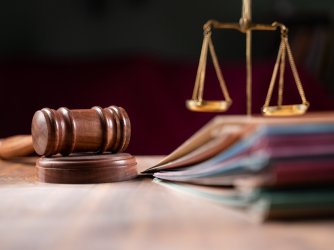Table of Contents
UPDATE: Another federal appeals court recognizes academic exception to restrictions on the First Amendment rights of public employees
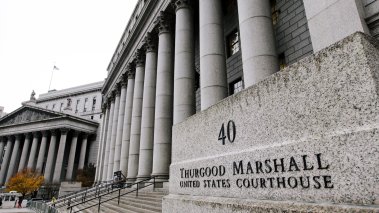
elbud / Shutterstock.com
The United States Court of Appeals for the Second Circuit located at the Thurgood Marshall Courthouse in New York City.
Last month, the United States Court of Appeals for the Second Circuit issued an opinion in Heim v. Daniel, a case concerning a part-time economics professor who sued his university for refusing to promote him because of his economic philosophy. While ultimately ruling in favor of the university, the court’s opinion rightly recognizes the importance of protecting academic freedom by treating speech of public college and university faculty differently from that of other public employees when it comes to limits or sanctions imposed by their government employers.
Heim, like other cases before it in the Fourth, Fifth, Sixth, and Ninth Circuits, addressed a question left open by the Supreme Court in Garcetti v. Ceballos. In that case, the Court held the First Amendment did not protect a public employee’s on-the-job speech because it occurred pursuant to the employee’s “official duties.” Importantly, however, the Court singled out “speech related to scholarship or teaching” as one type of expression that its Garcetti decision may not cover, given that academic freedom is a “special concern” of the First Amendment.
In the time since the Supreme Court left open the question of whether the First Amendment protects on-the-job speech of public university faculty, each federal court of appeals to confront the issue has answered it in favor of strong academic freedom protections for faculty.
One such faculty member was John Heim, who teaches macroeconomics as an adjunct professor at the State University of New York at Albany. Heim is a proponent of the Keynesian school of economics, which differs substantially from the method preferred by the UAlbany economics department. Because of this difference in philosophy, Heim’s department refused to promote him to a tenure-track position.
Heim sued, alleging UAlbany violated his First Amendment rights. The district court granted summary judgment for the university, holding that Heim’s scholarship and teaching are not protected by the First Amendment because, under Garcetti, his scholarship is part of his “official duties,” or, alternatively, because his speech does not constitute speech on a matter of public concern. Heim appealed to the Second Circuit.
Last year, FIRE filed an amicus brief in support of Heim’s appeal. We urged the Second Circuit to join its sister circuits in recognizing that Garcetti’s denial of First Amendment protection to public employees’ on-the-job speech does not apply to public college and university faculty. Instead — as other circuits have held — courts should analyze public faculty speech under the test from the 1968 case, Pickering v. Board of Education, which balances the interests of the employee in speaking on matters of public concern against the interests of the government as an employer.
The opinion also outlined a broad approach to academic speech on matters of public concern and emphasized that Pickering balancing requires nuanced consideration of the unique roles academics play as public employees.
We also argued the district court was wrong to conclude Heim’s work in Keynesian economics is not speech on a matter of public concern just because it did not reach a large audience and is instead of greatest interest to a small community of academics.
The Second Circuit agreed, adopting Garcetti’s academic exception, even as it ruled against Heim on grounds that the university’s competing First Amendment interest in “self-determination over the substance of the education they provide and the scholarship they cultivate” outweighed the professor’s speech interest in this particular case. But even though Heim may have lost his individual battle, he has won an important victory in the broader fight for faculty speech rights, because the court’s opinion did in fact recognize — as other circuits have — that Garcetti does not apply to academic speech. The court held that a bar on First Amendment protection for speech related to scholarship “cannot be squared with the Supreme Court’s long-professed ‘deep[] commit[ment] to safeguarding academic freedom’ as ‘a special concern of the First Amendment.’”
The opinion also outlined a broad approach to academic speech on matters of public concern and emphasized that Pickering balancing requires nuanced consideration of the unique roles academics play as public employees. Weighing down one end of that scale, the court acknowledged the magnitude of professors’ speech interest:
No one disputes the wealth of authority championing individual educators’ interest in academic freedom and establishing, broadly, that the First Amendment “tolerates neither laws nor other means of coercion, persuasion or intimidation ‘that cast a pall of orthodoxy’ over the free exchange of ideas in the classroom.’”
Even arcane academic perspectives like Heim’s promotion of Keynesianism are properly considered matters of public concern, the court held, because “the entire premise powering academic freedom is that the advancement of the arts and sciences is of long-term value to society, and that the benefits of academic scholarship are no less valuable even though the eventual benefits of particular works may be unexpected, indirect, or diffuse.”
FIRE is pleased that the Second Circuit has joined the Fourth, Fifth, Sixth, and Ninth Circuits by recognizing the academic exception to Garcetti. We will continue to follow this issue closely.
Recent Articles
FIRE’s award-winning Newsdesk covers the free speech news you need to stay informed.
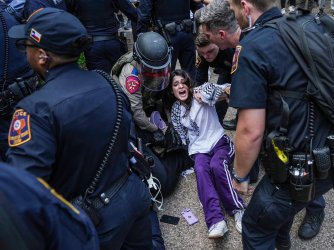
Texas tramples First Amendment rights with police crackdown of pro-Palestinian protests
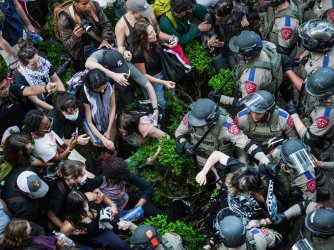
Here’s what students need to know about protesting on campus right now
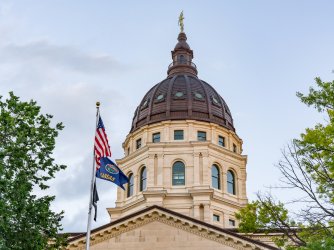
Kansas takes a stand for intellectual freedom
